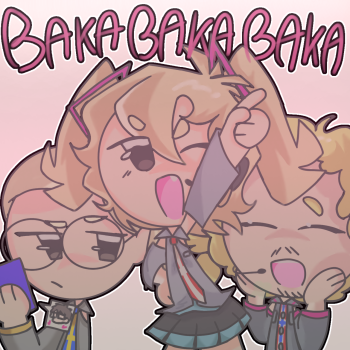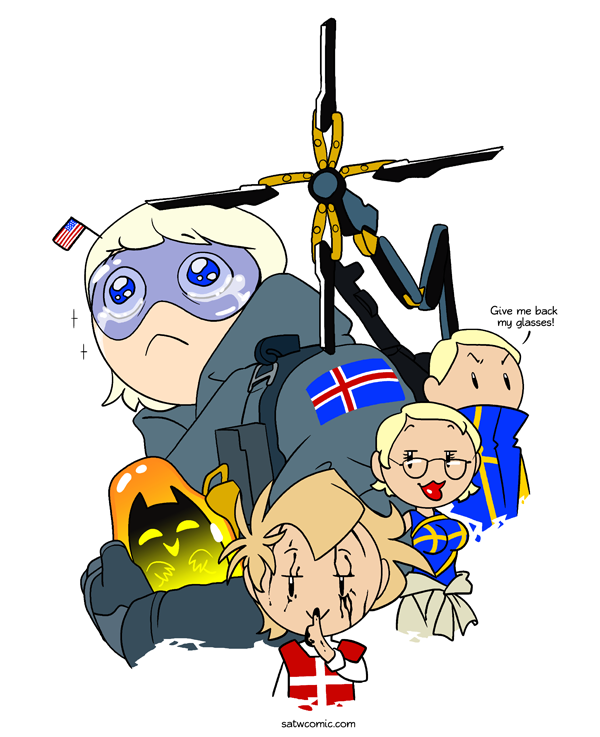
Totally America
Death Stranding is very influenced by Scandinavia. The landscape is based on Iceland, the twins are named after Swedish craters, Cliff is played by a Danish actor, Cliff's last name, Unger, means Children in most of the Scandinavian languages, and funnily enough, the main character's last name, Stand, also means Beach in the Scandinavian languages.
22nd November 2019
nobody666969777p



6 years ago #9825363
5
0
it’s so cute how icland is crying please give this man a hug
6 years ago #9825255
4
0
One meaning of "strand" (both as a noun and a verb) is "beach" in English as well. The noun is rather archaic/poetic, but it's English.
6 years ago #9825267
3
0
And the new thing here is?
Hollywood and by extension US have used other people culture and stories that way for a long long time. Lots of the best western films are based on Japanese movies. To get money to print Mark Twain they sell lots of Dickens. Lots of famous artist that live in US are from other countries. They always adapt foreign things for the internal market. In that sense they are very Roman
Hollywood and by extension US have used other people culture and stories that way for a long long time. Lots of the best western films are based on Japanese movies. To get money to print Mark Twain they sell lots of Dickens. Lots of famous artist that live in US are from other countries. They always adapt foreign things for the internal market. In that sense they are very Roman
6 years ago #9825261
2
0
Probably all done to try to be more epic and harken to olde world folklore is my guess. America has tons of Scandinavian, Dutch, and especially German immigrants who have ancestors with crazy names like Ignatz, Johannes, Franz which might sound ordinary to you. But to most Americans, give a sense of days gone by like ww2 and ww1 and earlier.
6 years ago #9825254
2
0
I just realized you could translate Sam Strand's name to any Nordic language and it's still understandable. Well ib Finnish it would be Sami Ranta, but still.
6 years ago #9825234
2
0
I assume its because Japan learned all of its Geography from America.
*Blackships roll in "Alright here is what you need to know. East of you is the Old West. Thats America. East of America is the west, older than the old west, called just the west, thats Europe. And that everything anyone needs to know about the entire planet."*
Iceland being between Europe and America was a coin toss onto whether it was America or Europe.
*Blackships roll in "Alright here is what you need to know. East of you is the Old West. Thats America. East of America is the west, older than the old west, called just the west, thats Europe. And that everything anyone needs to know about the entire planet."*
Iceland being between Europe and America was a coin toss onto whether it was America or Europe.
6 years ago #9825297
1
0
The story in the game is interresting. But I personally am not a fan of the whole walking/hiking simulator.
6 years ago #9825260
1
0
@SchrodySweden
#9825249
Before you go on with more puns, I gotta say that one was based on a typo. Humon actually meant to write Strand.
#9825249
Before you go on with more puns, I gotta say that one was based on a typo. Humon actually meant to write Strand.
Add comment: Please Sign in or create an accout to comment.
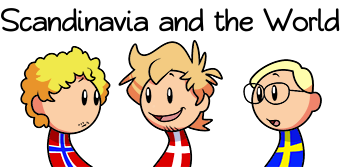

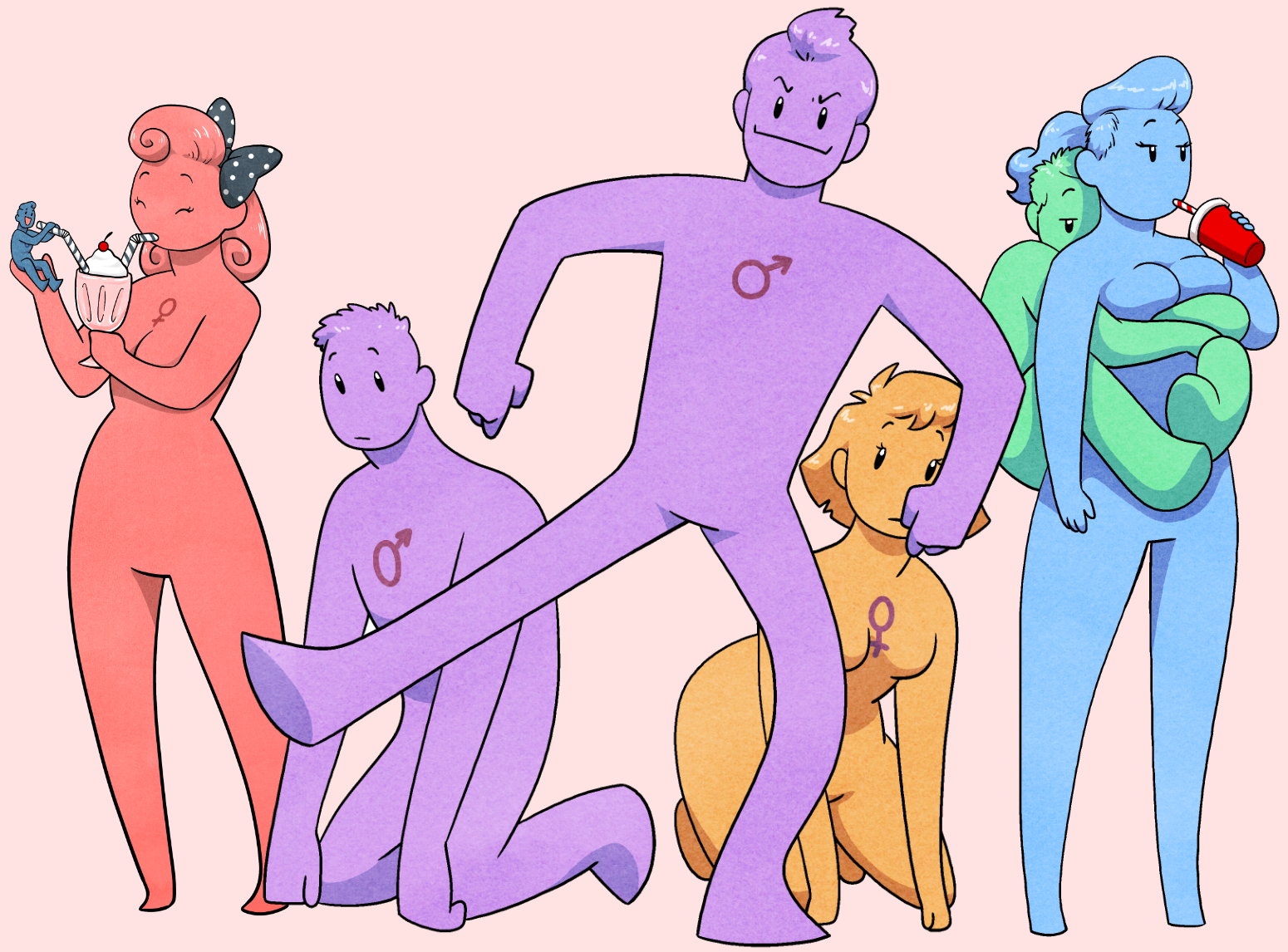
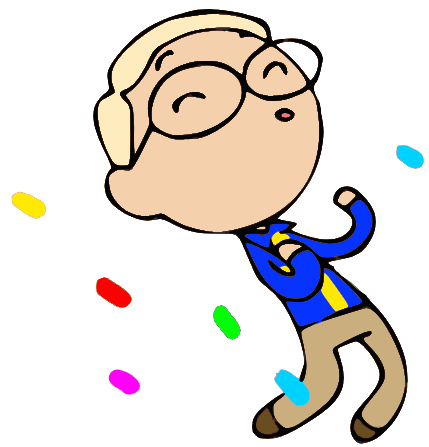 Support the comic on
Support the comic on 